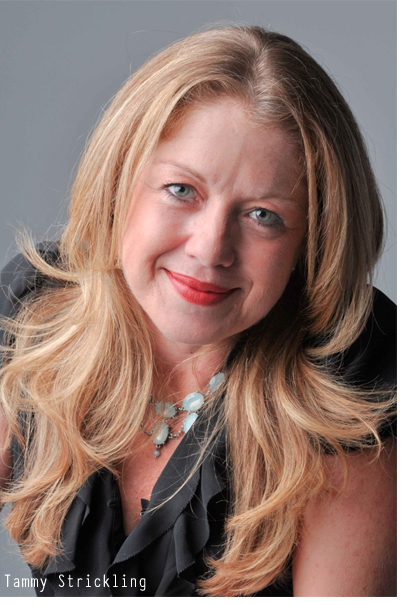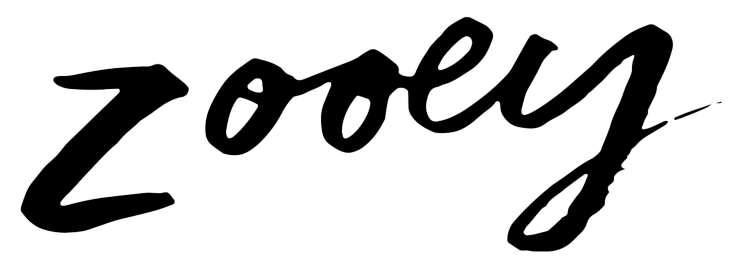 Increasingly, and at an alarming rate, more and more women are becoming addicted to, and overdosing on, prescription drugs. What was once seen as a phenomenon more evident in men, women have managed to catch up to, and even in some cases exceed, the number of men who are admitted into detox and rehab centers. Tammy Strickling, CEO of Suncoast Rehab Center, a non-profit drug and alcohol rehabilitation organization located in Florida, states: “Women and young girls needing detox and rehab for prescription drug abuse has increased steadily to the point where we often see just as many women in treatment as men... In the past, males were always the larger percentage of clients at our treatment center. We used to see 75% to 80% males to 20% females in treatment but today the numbers are much higher and many times equal.” Some of the reasons as to why prescription drug addictions in general have become more apparent now than in the past is because of how the mindset regarding taking prescription drugs has shifted. Tammy was able to provide some more insight on her experiences with this rising dilemma:
Increasingly, and at an alarming rate, more and more women are becoming addicted to, and overdosing on, prescription drugs. What was once seen as a phenomenon more evident in men, women have managed to catch up to, and even in some cases exceed, the number of men who are admitted into detox and rehab centers. Tammy Strickling, CEO of Suncoast Rehab Center, a non-profit drug and alcohol rehabilitation organization located in Florida, states: “Women and young girls needing detox and rehab for prescription drug abuse has increased steadily to the point where we often see just as many women in treatment as men... In the past, males were always the larger percentage of clients at our treatment center. We used to see 75% to 80% males to 20% females in treatment but today the numbers are much higher and many times equal.” Some of the reasons as to why prescription drug addictions in general have become more apparent now than in the past is because of how the mindset regarding taking prescription drugs has shifted. Tammy was able to provide some more insight on her experiences with this rising dilemma:
How exactly have you seen the face of Rx drug addiction change over the years? Prescription drugs have continually been deemed more appropriate for greater numbers of issues, for more and more people of wider and wider demographics to the point where almost anyone with any ailment at any age is a candidate. Decades ago, Oxycodone was used for severe pain for cancer patients. Over the years, the use was changed as appropriate for people who did not have cancer and only had moderate pain. I have never seen anything like I see today the pain management clinics and doctors that will prescribe hundreds of pills, refill prescriptions time and again without any valid testing of a medical situation. This change combined with no and/or inconsistent drug monitoring has contributed to this current epidemic. In addition, no longer are prescription drugs taken only as prescribed for a medical condition.
Are you seeing trends as prescription drugs become more common? Yes, one trend is more and more females enter rehab for prescription drug addiction. As I mentioned, we used to have a much larger male population in treatment, but now we often see equal numbers of males and females entering rehab for prescription drug addiction. Another trend is the age groups getting younger and the way the drugs are taken.
The drugs are much easier to get than ever before and are shared by friends, used at school, abused on the street, etc. They’re being used to get high, not to address pain or a valid medical symptom. That’s the most dangerous trend. In addition to clients that got addicted to prescription pain pills due to a valid situation (surgery, pain) there are more and more people that take these pills for the high only without any valid medical situation. When people abuse these drugs on the street, they are not taken as prescribed which is orally on a time schedule. They are now being snorted, shot up, etc. When this is done, the time-release factor of these drugs disappears and the user gets the entire dose at once, which can be, and has been, fatal. The person will then chase that first high – which they won’t ever get again – so higher doses need to be taken to try to re-experience that first high. This is the slippery slope of addiction and it takes only one use to get hooked.
What are some of the symptoms of withdrawals from prescription drugs? Prescription drug withdrawal symptoms for opioids include cold shakes, bone pain, insomnia, vomiting and diarrhea. The withdrawal symptoms are so uncomfortable and painful that this is the number one cause of relapse and continuing use.
Will there have to be new laws created to stop this epidemic? Absolutely. The epidemic touches everyone at every level of society. All agencies need to come together to really confront and address the situation head on. There are laws that address doctor shopping, pain clinics, requirement of physical exams, ID requirements, Rx limits, prescription drug monitoring, etc. but they are not enacted by all States consistently and, while some laws change and new ones are made, there hasn’t been a sweeping enactment that would allow for real change. While there has been a steady increase in laws aimed at reducing prescription drug abuse and growing awareness of the epidemic it isn’t happening fast enough. There needs to be a top to bottom approach to tackle this issue.
How can women arm themselves with proper knowledge to know which prescriptions are safe and which could be addictive? Any time you take a drug to solve a problem that the person feels they can’t overcome themselves, there is the potential for dependence and addiction. Women need to really educate themselves on the drug and the potential side effects, dangers, etc. Ask questions, get second opinions and ask those who don’t have a vested interest in prescribing the drug. If you ask a prescribing doctor for an option, also ask an alternative or holistic provider for another opinion. Most important, be honest with yourself about the reason for taking the drug. Drugs only mask the symptoms - they don’t solve the problem. Are the long list of potential side effects and negative outcomes worth taking a prescribed drug for one symptom? Women should empower themselves with the real help and tools available to them to overcome the problem they are faced with whether it is pain (real or imagined), depression, trouble with school, growing pains, peer pressure, etc. The list goes on. Whether prescribed or not and whether taken as prescribed or illegally, drugs make you weak and dependent and women are strong, smart, tenacious individuals who will always do better empowering themselves to be stronger without drugs instead of weaker with them.
Why, according to your speculations, are prescription drug addictions becoming increasingly more apparent in women than in men? Why is there a difference? In my experience working with females in rehab, women are more open and likely to communicate their problems. With the increase of diagnoses of ADD, ADHD, Post-Partum Depression, etc. it is easy to be labeled with such a disease and, wanting to get help and overcome the challenges they face, begin taking the prescription. A large population of women would never consider taking illicit drugs as a way of coping. However, a prescription for a pain killer, anti-depressant, ADHD drug like Adderall isn’t considered an improper approach and isn’t looked at the same as say a heroin or crack cocaine addiction. It’s more acceptable. Mothers will take Adderall to help them stay on top of their load with the house, the kids, the cleaning, etc. Younger women will take it to lose weight, feel strong and empowered, get more work done, perform in school, etc. The bottom line is there are so many acceptable reasons to take drugs these days and for women who don’t lose any respect or status with a prescription pill as they would with an illicit drug are more apt to try it, if even just to see if it helps. The problem is, more often than not, it isn’t what she signed up for and in the end the resulting problem is even bigger.
----
Tammy Strickling is the CEO of Suncoast Rehab Center, a non-profit drug and alcohol rehabilitation organization. Tammy began her career in detox and rehabilitation after being inspired by her twin brother, who struggled with substance abuse and is now 20 years sober. Tammy has spent almost two decades helping save lives, reunite families and rebuild communities through her dedicated work in the field of rehabilitation. Recently, she has focused her attention not only on drug rehabilitation, but also education and prevention programs to address the growing drug abuse epidemic.
----
Interview by Eunice Han
